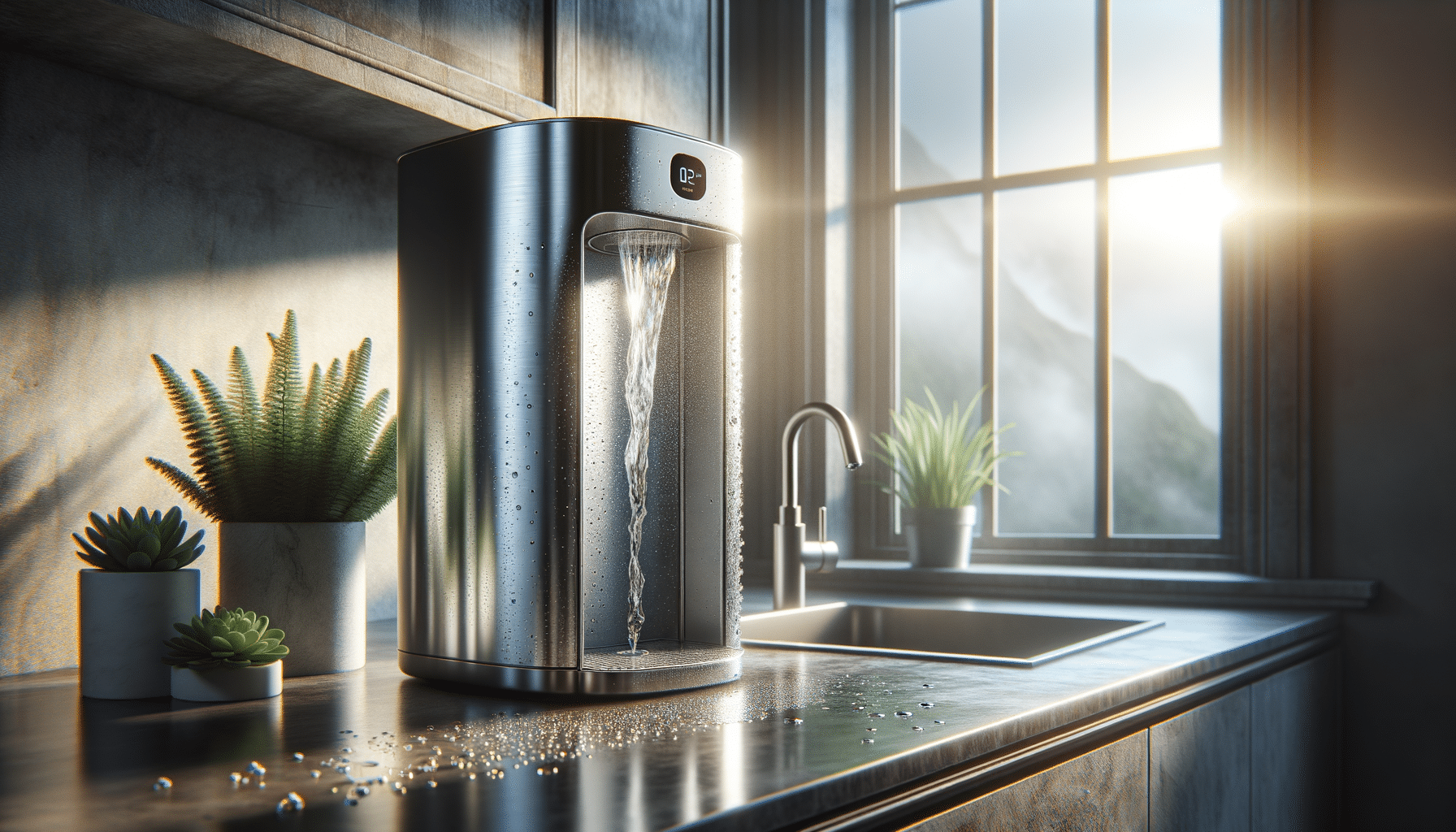
Smart Home Ecosystems: Are They User-Friendly?
Navigating the world of smart home ecosystems can feel akin to learning a new language, complete with its own set of rules, devices, and compatibility challenges. As these systems become increasingly prevalent, a crucial question arises: Are they truly user-friendly for the average person?
Understanding Smart Home Ecosystems
Smart home ecosystems, the interconnected networks of devices working harmoniously to automate and enhance everyday tasks, have become a cornerstone of modern living. Yet, their perceived complexity can be a barrier for many potential users.
Expert Insights on Usability
According to tech analyst Mark Benson, the key to user-friendly smart home systems is intuitive design and seamless integration. “When users can interact with their devices effortlessly, adoption becomes natural,” he explains. A recent survey by Tech Insights revealed that 68% of users find setup instructions confusing, highlighting a significant area for improvement in user experience.
The Role of Compatibility
One of the critical challenges in smart home ecosystems is ensuring compatibility across different devices. For instance, a homeowner shared their experience of struggling to connect a new smart thermostat with their existing system due to differing protocols. This example underscores the need for standardized protocols to enhance user-friendliness.
Actionable Tips for a Smooth Experience
- Research device compatibility before purchasing.
- Use comprehensive guides from trusted sources for setup.
- Consider hiring a professional for initial setup if you’re not tech-savvy.
Choosing the Right Ecosystem
| Feature | Platform A | Platform B | Platform C |
|---|---|---|---|
| Device Compatibility | High | Moderate | Low |
| Ease of Use | Moderate | High | Low |
| Security Features | High | Moderate | High |
| Cost | High | Moderate | Low |
FAQ Section
Frequently Asked Questions
How do I choose a compatible smart home device?
Check the compatibility with your existing ecosystem and look for products that support common standards like Zigbee and Z-Wave.
What should I do if my devices aren’t connecting?
Ensure your devices are on the same network and have the latest firmware updates. Consult the user manual or online resources for troubleshooting tips.
Is it worth hiring a professional to set up my smart home?
If you’re not comfortable with technology, a professional can save time and ensure everything is set up correctly.
Conclusion
While smart home ecosystems can initially seem daunting, with the right approach and resources, they can become an integral part of a convenient and efficient lifestyle. By focusing on compatibility, seeking expert guidance, and utilizing available resources, users can navigate these systems with greater ease and confidence. As the technology continues to evolve, the goal remains clear: making smart homes accessible and user-friendly for all.


